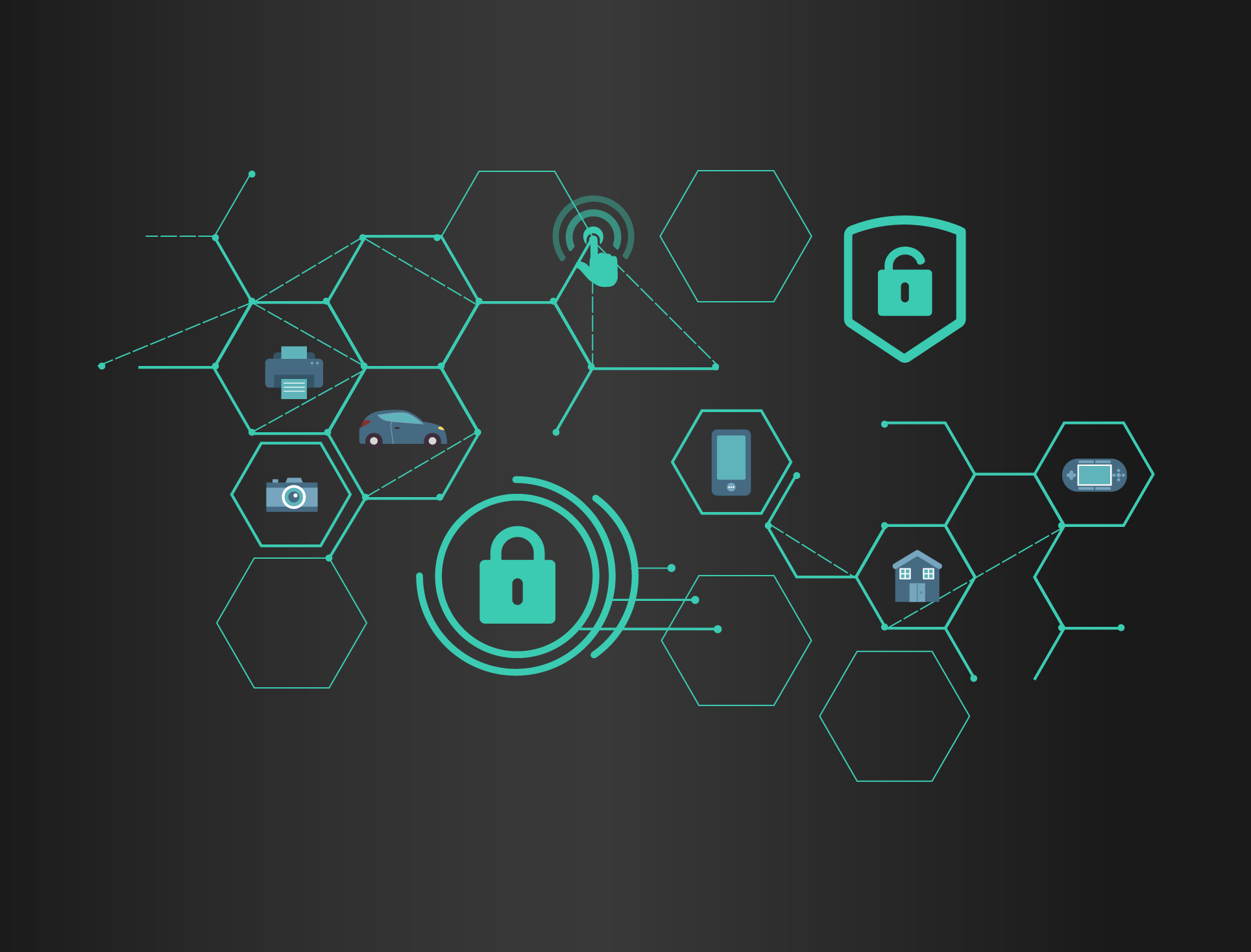Best Practices for Developing High-Quality IoT Software

The Internet of Things (IoT) is rapidly transforming our world, with interconnected devices seamlessly collecting and exchanging data, influencing everything from smart homes to industrial automation. As this technology continues to evolve, the need for robust and secure IoT software becomes paramount. Here, we explore key best practices to ensure your IoT software development journey leads to success:
1. Define Clear Requirements and Use Cases
The foundation of any successful IoT project lies in a clear understanding of its purpose. Precisely define the problem your IoT solution aims to address and the specific use cases it will cater to. This initial clarity helps guide design decisions and ensures the developed software effectively meets user needs.
2. Prioritize Security Throughout the Development Lifecycle
Security is non-negotiable in IoT development. Implement robust security measures throughout the entire software development lifecycle (SDLC). This includes secure coding practices, data encryption at rest and in transit, user authentication and authorization, and regular vulnerability assessments.
3. Leverage Scalable and Robust Communication Protocols
Choose IoT communication protocols that are well-suited for your specific application requirements. Consider factors like message size, latency, power consumption, and security needs. Popular options include Bluetooth Low Energy (BLE), Wi-Fi, and cellular networks (e.g., LTE-M, NB-IoT). Remember, the chosen protocol directly impacts the scalability and reliability of your IoT system.
4. Design for Resource-Constrained Devices
IoT devices often operate with limited processing power, memory, and battery life. Design your IoT software to be lightweight and efficient, minimizing resource consumption while still delivering desired functionalities. Optimize code for efficiency and leverage techniques like data compression when necessary.
5. Ensure Device Management and Over-the-Air (OTA) Updates
Develop a robust IoT device management system that allows for remote monitoring, configuration changes, and firmware updates. Over-the-Air (OTA) updates enable you to address bugs, improve functionality, and enhance security even after devices are deployed, ensuring your IoT systems remain future-proof.
6. Prioritize User Experience (UX) and User Interface (UI) Design
Even the most advanced IoT software can fail to gain traction if the user experience is subpar. Design intuitive and user-friendly interfaces, considering the context and capabilities of the devices. Remember, a seamless and positive user experience is crucial for user adoption and the overall success of your IoT solution.
7. Invest in Testing and Quality Assurance
Thorough testing is essential for ensuring the reliability and functionality of your IoT software. Conduct rigorous unit testing, integration testing, and system testing to identify and address any potential issues before deployment. Continuous integration and continuous delivery (CI/CD) practices can further streamline the development and testing process.
8. Adhere to Industry Standards and Regulations
Be mindful of relevant industry standards and regulations related to data privacy, security, and interoperability when developing IoT software. This ensures your solution aligns with established guidelines and avoids potential compliance issues.
9. Embrace Continuous Learning and Improvement
The IoT landscape is constantly evolving. Stay updated with the latest technological advancements, security best practices, and industry trends. Continuously learn and adapt your development approaches to build future-proof and secure IoT solutions.
10. Collaborate with Experts
Building successful IoT solutions often requires expertise in various domains like hardware, software, security, and communication protocols. Consider collaborating with experienced professionals or consulting firms to leverage their knowledge and expertise throughout the development process.
By following these best practices and staying innovative, you can develop robust, secure, and user-friendly IoT software that unlocks the full potential of the connected world. Remember, the IoT holds immense potential for transforming various industries and improving our lives. By ensuring the quality and effectiveness of your IoT software, you can contribute significantly to this ongoing technological revolution.
